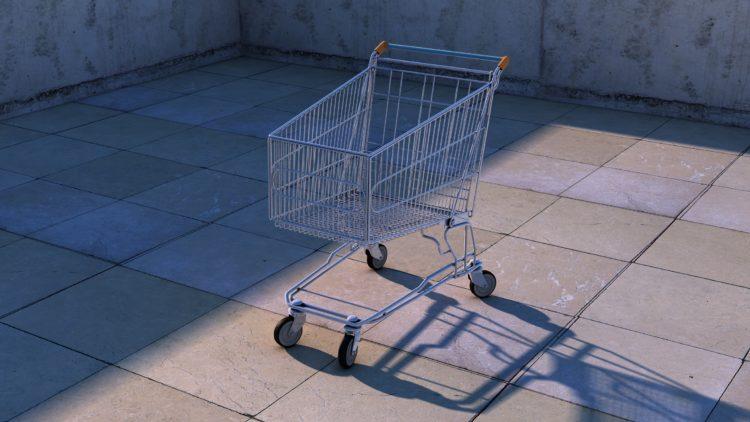The cost of living in Jersey rose by 3.6% in the past year, according to inflation figures published today (Friday).
It comes on the day the latest RPI rate for Guernsey was also released: 2.4%.
That was the state of play for both islands at the end of December 2017. The last time inflation was higher in Jersey was March 2012.
In Jersey, the increase in the annual rate of inflation was primarily down to the housing and food costs going up, driven by mortgage interest rate rises and the biggest hike in the price of food for nearly six years.
For Guernsey, it was tobacco that saw the largest annual increase, up 5.1%, while clothing and footwear showed the largest decrease, with prices dropping 4.2%.
Here’s the breakdown of the inflation by category for Jersey:

And here’s the equivalent for Guernsey:

Commenting on the figures across the islands, Kevin Boscher, chief investment officer at Brooks Macdonald international, said: “Today’s inflation figures reflect, broadly, the picture we’re seeing globally and especially in the UK. Overall, we remain bullish as we still see an environment of strong global economic growth but low inflation, and that is enabling central banks to be very gradual and predictable with any change in policies.”
“We haven’t seen inflation as a problem anywhere for some time but, against a strong global economic growth background, we could see inflation start to tick up this year and this might put pressure on the central banks to raise rates. However, we still don’t think inflation is going to pick up significantly since the global secular trends of poor demographics, high debt levels, an excess of savings over investment and technological disruption across a broad number of industries remain intact.”
You can read the full Jersey inflation bulletin here, and the Guernsey one here.
















